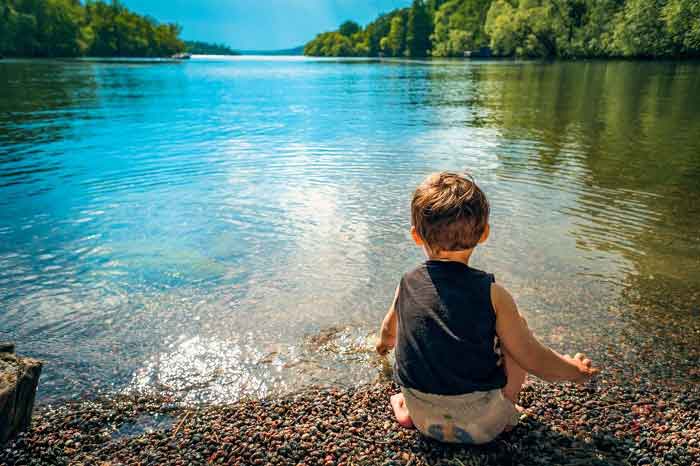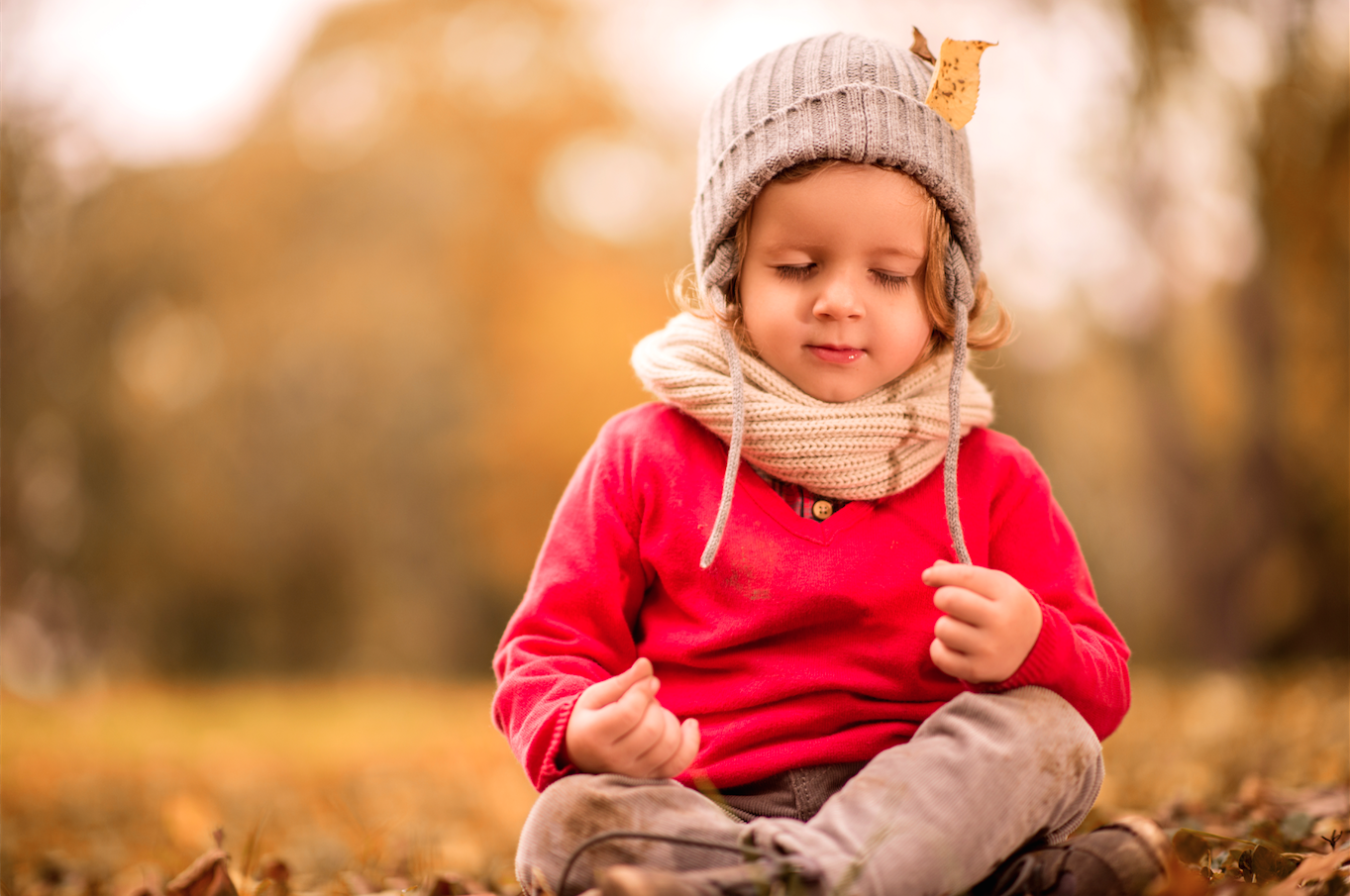
Unplugging for Harmony: The Peaceful Retreats Where Kids Truly Thrive
In an era defined by the relentless hum of digital notifications, packed schedules, and the ever-present pressure to "do more," the modern family often finds itself caught in a vortex of busyness. Parents are juggling careers, household responsibilities, and the monumental task of raising children, all while battling the insidious pull of screens that threaten to fragment genuine connection. The very idea of a "peaceful retreat" often conjures images of serene, child-free zones, while "keeping kids happy" typically involves high-energy amusement parks or meticulously planned, fast-paced vacations. But what if the antidote to modern family stress lies in a beautifully counter-intuitive blend of these two concepts? What if the secret to genuinely happy children and truly recharged parents is a peaceful retreat, designed to foster connection, creativity, and calm?
This is the serene paradox that a growing number of families are embracing: the intentional pursuit of quiet, natural spaces where the absence of digital distractions allows for the organic blossoming of joy, discovery, and profound family bonding. It’s a movement away from superficial entertainment and towards enriching experiences, where the wild laughter of children mingles with the quiet sigh of parental contentment.
The Modern Family’s Quiet Desperation

Before delving into the how-to of these harmonious getaways, it’s crucial to understand the landscape from which they emerge. A 2023 study by the American Psychological Association found that parents report higher stress levels than non-parents, citing financial pressures, health concerns, and the sheer demands of parenting as primary contributors. Simultaneously, screen time for children has skyrocketed, with a Common Sense Media report indicating that tweens (8-12) spend an average of 4 hours and 44 minutes per day on screens, and teens (13-18) nearly 7 hours and 22 minutes. This digital immersion, while offering convenience, often comes at the cost of outdoor play, imaginative engagement, and face-to-face interaction, contributing to what author Richard Louv famously termed "Nature Deficit Disorder."
The result is a subtle but pervasive erosion of family well-being. Parents are exhausted, children are overstimulated yet often bored, and the precious moments that could forge lasting memories are frequently overshadowed by the glow of a device. The yearning for a different way, a more authentic connection, is palpable.
Redefining "Happy": Beyond Instant Gratification
The key to a successful peaceful retreat with happy kids lies in redefining what "happy" truly means. It’s not about constant entertainment or immediate gratification. Instead, it’s about fostering a deeper, more sustainable happiness rooted in engagement, discovery, and connection. It’s about creating an environment where children feel safe to explore, curious to learn, and cherished by their family.
"Children don’t need elaborate theme parks to be happy; they need presence, nature, and the freedom to explore their own imaginations," says Dr. Anya Sharma, a child psychologist specializing in family dynamics. "When parents are present and relaxed, that energy is contagious. A peaceful retreat isn’t just for the adults; it’s a blueprint for a calmer, more connected childhood."
The Pillars of a Harmonious Retreat
So, what does such a retreat look like, and how does it manage to keep both children and adults in a state of contented peace? It’s built on several foundational pillars:
1. Nature as the Ultimate Playground and Healer

The most potent ingredient in any peaceful family retreat is an immersive natural setting. Whether it’s a cabin nestled in a forest, a rustic beach house, a glamping tent by a lake, or a farmhouse surrounded by fields, nature provides an unparalleled sensory-rich environment that captivates children and soothes adults.
-
For Kids: Nature offers boundless opportunities for unstructured play. Tree climbing, rock collecting, bug hunting, fort building, damming streams, skipping stones – these activities engage their bodies and minds in ways screens simply cannot. The sounds of birdsong, the rustle of leaves, the smell of pine or sea salt, the feel of rough bark or cool water – these sensory inputs are crucial for development and naturally reduce anxiety. Studies have shown that spending time in nature can improve attention, reduce stress, and boost creativity in children. "We saw our kids transform," recounts Sarah Miller, a mother of two who recently returned from a week-long stay at an eco-lodge in rural Oregon. "Initially, they complained about no Wi-Fi. By day three, they were building fairy houses and didn’t even ask for their tablets. They were truly present."
-
For Parents: Nature is a natural stress reliever. The simple act of being outdoors, breathing fresh air, and observing the natural world lowers cortisol levels and promotes a sense of calm. Walks in the woods, stargazing, or simply enjoying a cup of coffee on a porch overlooking a scenic vista allows parents to decompress and reconnect with themselves and each other.
2. The Intentional Digital Detox
This is often the most challenging but ultimately most rewarding aspect. A truly peaceful retreat necessitates a significant reduction, if not a complete elimination, of screen time for everyone. The initial resistance from children might be fierce, a testament to the grip technology holds. However, with consistent boundaries and engaging alternatives, the "digital detox" period quickly gives way to a surge of creativity and genuine interaction.
- Setting the Stage: Before arriving, discuss the "screen-free" policy with the children. Explain the benefits – more time for adventures, games, and family stories. Frame it as an exciting challenge. Many retreats in remote areas naturally aid this by having limited or no cell service, making the decision easier.
- The Unveiling of Imagination: Without screens to fill every void, children are forced to look inward and outward for entertainment. This is where the magic happens. They invent games, tell stories, draw, read, and engage with their surroundings. Parents, too, find themselves picking up books, engaging in conversations, or simply enjoying the quietude rather than mindlessly scrolling. This absence of digital distraction creates mental space for reflection and deeper connection.
3. Engaging Activities, Not Constant Entertainment
A peaceful retreat isn’t about being bored; it’s about being engaged in a different way. The activities offered or encouraged are often simple, hands-on, and family-oriented.
- Outdoor Adventures: Hiking, swimming, fishing, kayaking, cycling, exploring tide pools, building sandcastles, tracking animal prints – these activities are inherently engaging and provide a sense of accomplishment.
- Creative & Learning Opportunities: Many retreats offer workshops like pottery, painting, cooking classes using local ingredients, or guided nature walks where children learn about local flora and fauna. Even simple activities like board games, card games, or reading aloud together become cherished moments.
- Unstructured Play: Crucially, there must be ample time for unstructured play. This is where children direct their own activities, fostering independence, problem-solving skills, and self-regulation. Parents can observe, participate when invited, or simply enjoy their own quiet time nearby.
4. Space for Parental Recharge
A truly peaceful family retreat recognizes that parents cannot effectively nurture happy children if they themselves are running on empty. This means building in opportunities for parents to find their own moments of calm.
- Quiet Corners: The retreat should offer spaces where adults can read, meditate, or simply sit in silence, perhaps while children are engaged in a supervised activity or engrossed in their own play.
- Couple Time: If possible, consider retreats that offer occasional childcare or have facilities that allow for a quiet dinner for two, a couple’s massage, or a peaceful walk together. Rekindling the spousal connection is a vital part of family well-being.
- Mindfulness: Encourage parents to practice mindfulness – observing the present moment without judgment. This could be during a walk, while sipping tea, or simply watching their children play. It’s about truly inhabiting the moment rather than planning the next.
5. Shared Experiences and Simple Pleasures
The most enduring memories from these retreats often aren’t the grand gestures, but the simple, shared experiences.
- Cooking Together: Preparing meals as a family, especially if using fresh local ingredients, can be a joyful and bonding activity.
- Campfires & Stargazing: Sitting around a fire, telling stories, roasting marshmallows, and then looking up at a sky unpolluted by city lights creates magical moments that transcend age.
- Mealtimes: Without the distraction of phones or TV, mealtimes become opportunities for genuine conversation, laughter, and connection. "It was the first time in years we had a meal where no one was looking at a screen," says David Chen, father of three. "We talked, we joked, we truly listened to each other. It was incredibly simple, yet profoundly powerful."
Choosing Your Harmonious Haven
When selecting a retreat, consider the following:
- Location & Environment: Prioritize natural settings – mountains, forests, beaches, lakes, or rural landscapes.
- Accommodation Style: From rustic cabins and glamping tents to eco-lodges and farm stays, choose what feels right for your family’s comfort level.
- Child-Friendly Amenities: Look for spaces with safe outdoor play areas, nature trails, or even dedicated children’s programs (if you desire some adult-only time).
- Digital Policy: Confirm their stance on Wi-Fi and cell service. A "low-tech" or "no-tech" policy is often a blessing in disguise.
- Ethos: Does the retreat align with your values – sustainability, connection to nature, local community engagement?
- Food Options: Consider places that offer healthy, locally sourced meals, or have facilities for self-catering, which can also be a family activity.
The Lasting Impact
The investment in such a retreat extends far beyond the duration of the trip. Families often report returning home with:
- Deeper Bonds: Strengthened relationships between parents and children, and among siblings.
- Reduced Stress: Parents feel more rested, clear-headed, and resilient.
- Renewed Creativity: Children exhibit enhanced imaginative play and problem-solving skills.
- Improved Well-being: A greater appreciation for nature, mindfulness, and the simple joys of life.
- Digital Reset: A healthier relationship with technology, often leading to more mindful screen use back home.
In a world clamoring for our attention, the peaceful retreat for families stands as a quiet rebellion. It’s an affirmation that true happiness isn’t found in external stimuli, but in the gentle rhythm of nature, the warmth of human connection, and the freedom to simply be. By intentionally carving out these sanctuaries of calm, families are not just taking a vacation; they are recalibrating their compass, reconnecting with what truly matters, and discovering that the most profound joy often emerges from the deepest peace.


